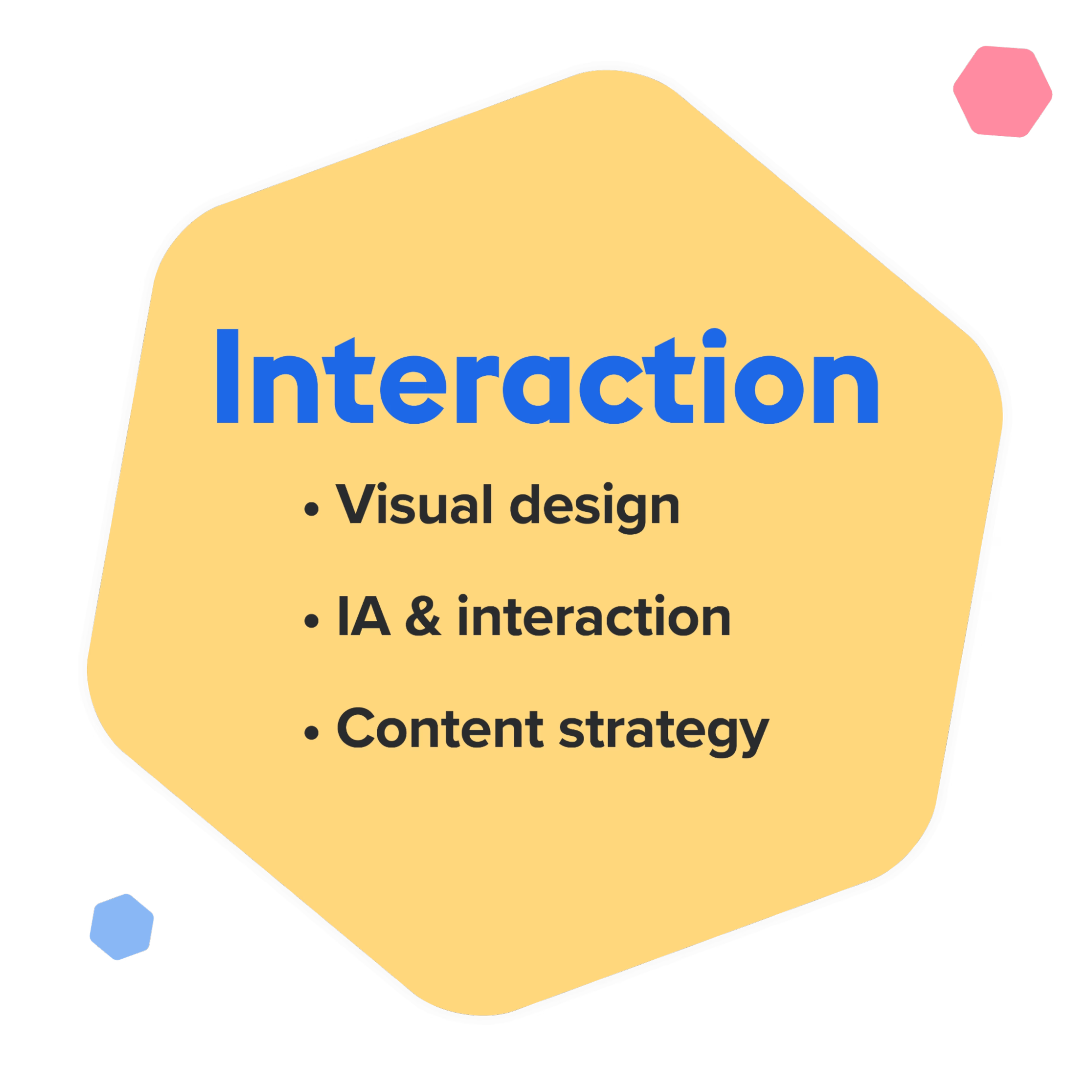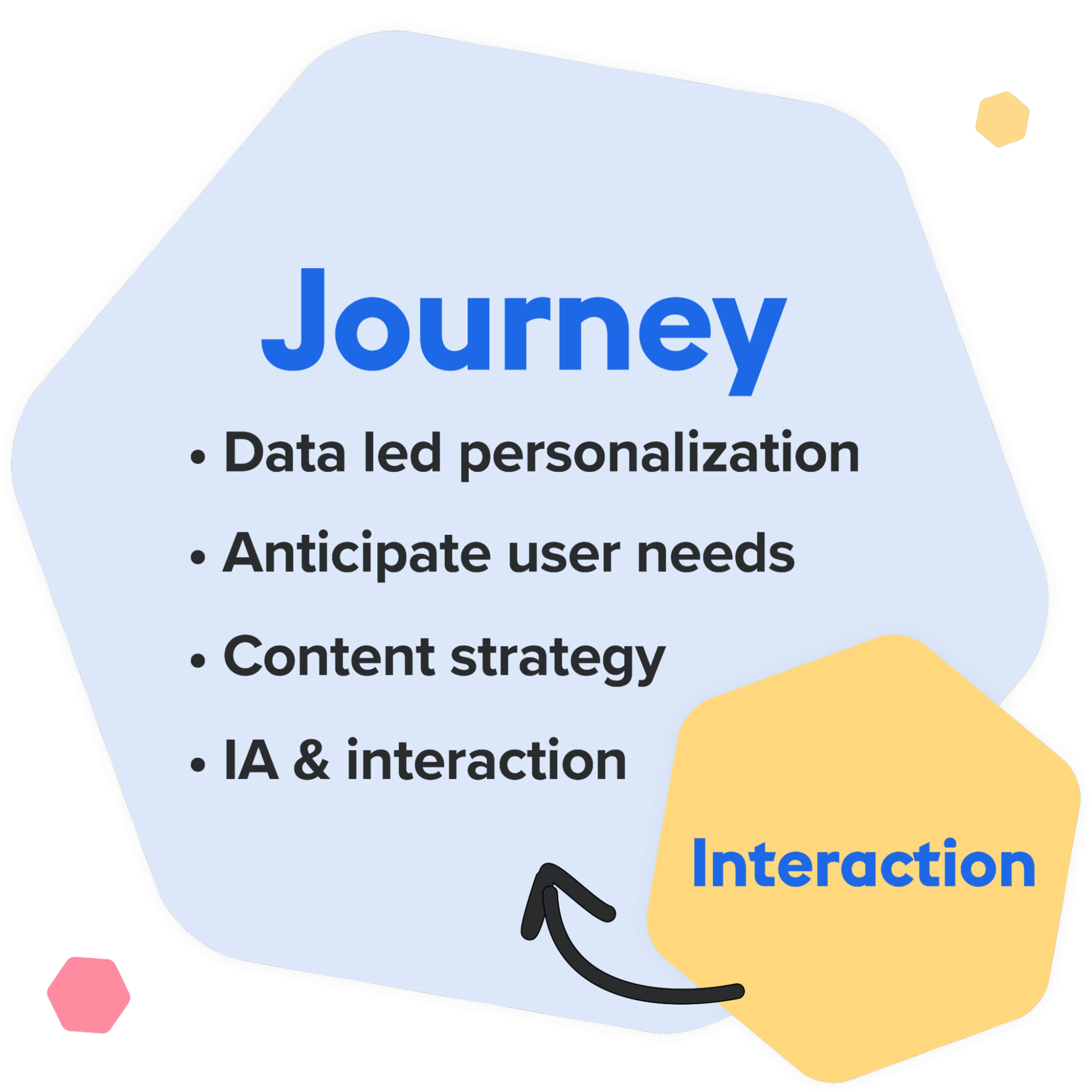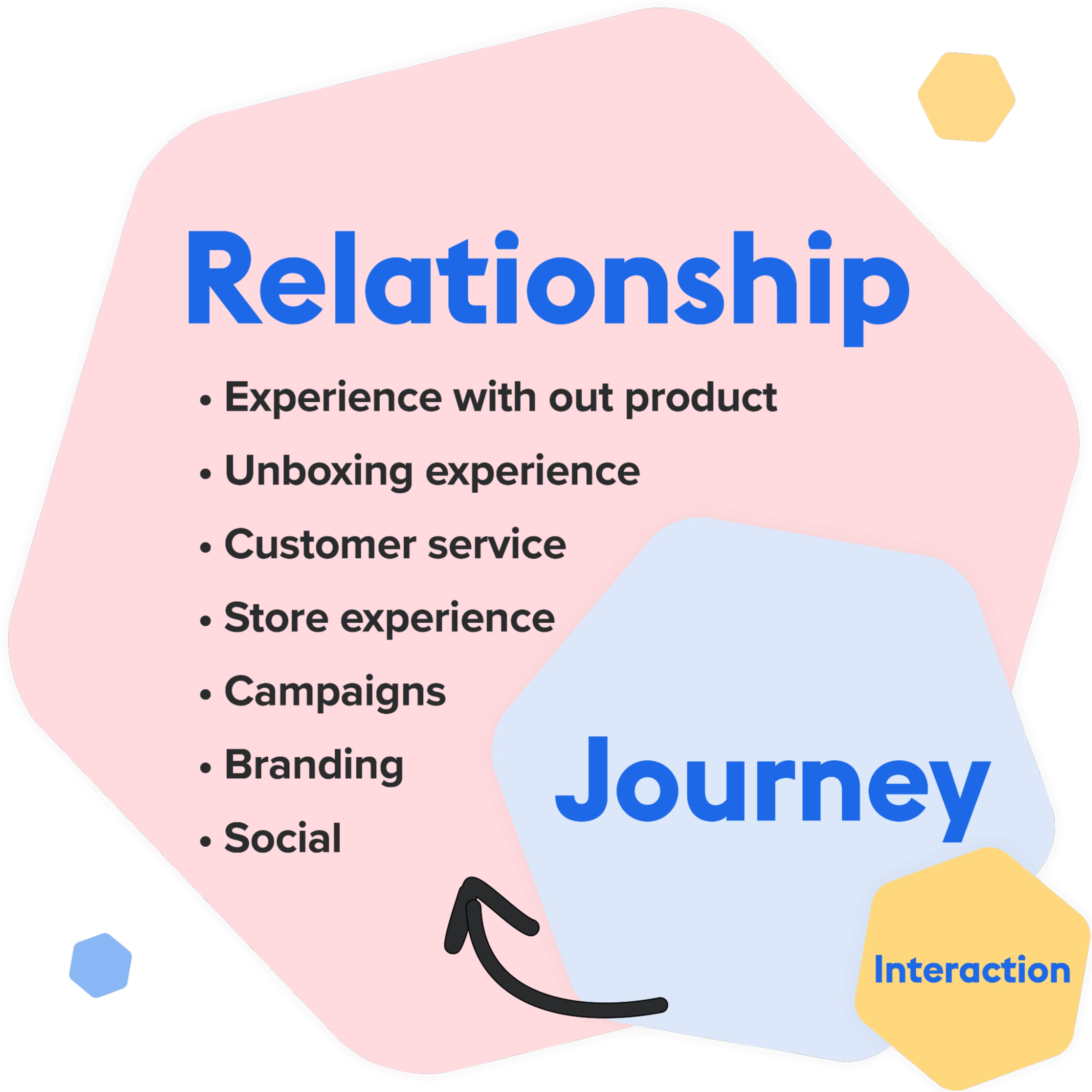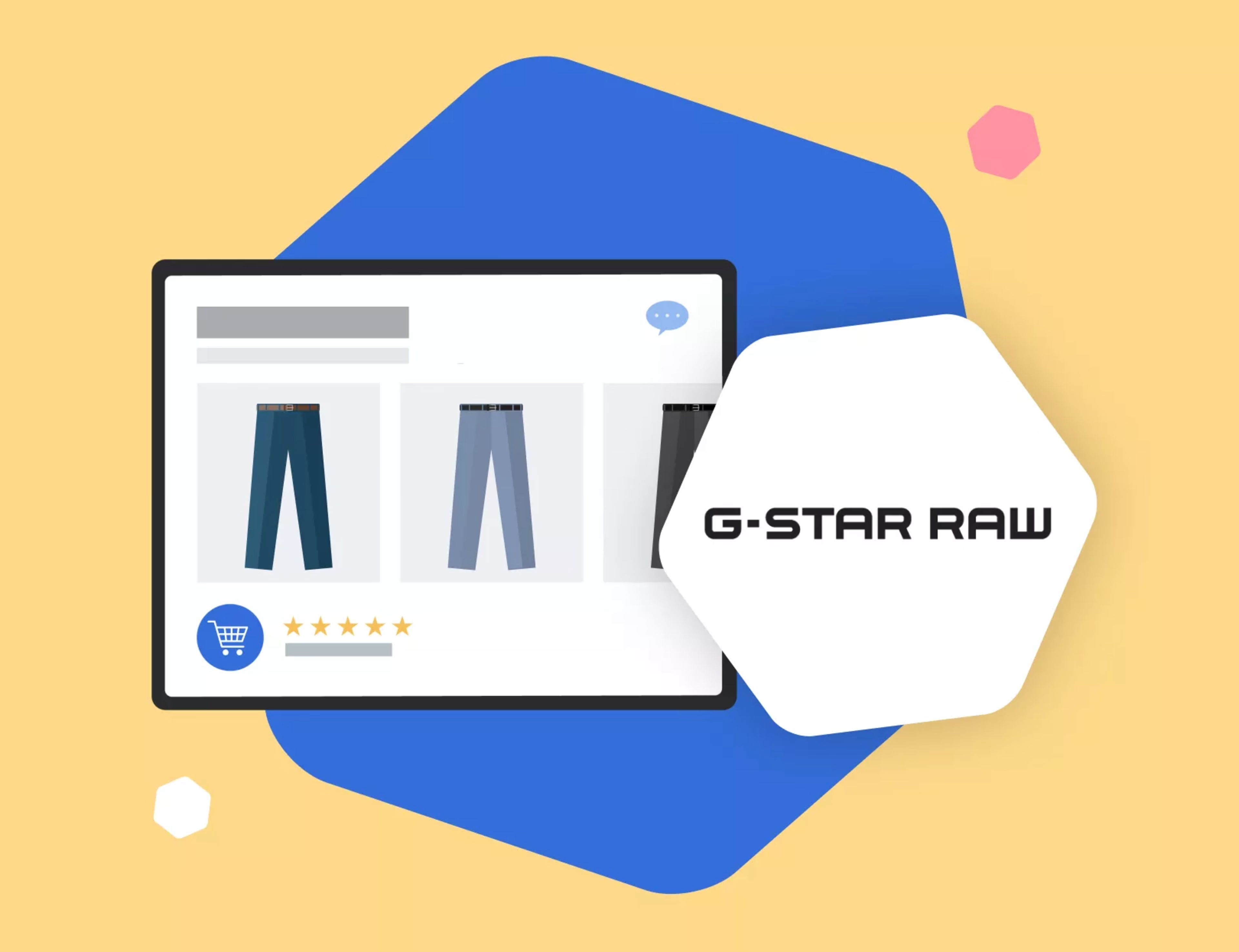Charlotte Zwanenburg is G-star’s CRO Manager, sitting within the Digital Commercial team. Responsible for managing conversion rate optimization, Charlotte’s role includes driving A/B testing and personalization initiatives to improve their customer experience. “I’m trying to get the highest margin and return from everything we do,” she explains.
Alongside Charlotte is Laura Rademaker; a Customer Experience Manager who manages both product owners and UX specialists within the Digital Operations team. “I’m in charge of ensuring the customer has the best possible experience on our site and becomes a loyal returning customer.”

About G-Star
G-star is a luxury fashion brand dedicated to the cloth, craft, culture, and history of denim. “We want to be the most hardcore denim brand,” says Laura. “Denim is in our blood. It’s what we live and breathe.”
This means every digital interaction a customer has with their brand needs to demonstrate their essence and these values. But not just that: “We want to exceed their expectations, so every time they visit us they come back thinking the experience was the most on-brand and amazing experience they’ve ever had,” says Laura.
Each customer needs to feel as though the content they received was relevant to them and fitted their needs. “We believe in being fierce, authentic, and outspoken—so we should show this to our customers,” says Laura. But, as a brand, how do you know if you’re actually achieving this?
Taking it back to basics
The team at G-star wanted to measure how their customer experience was performing in light of their brand goals. However, like many digital teams, they weren’t sure where to begin. “You have heaps of data everywhere and can feel unorganized and chaotic. You’re not sure where to find the information you need to make the right product decisions,” says Laura.
So the team decided to start by learning what the different levels of customer experience involved before working out how to accurately track their progress against each level.
Here’s what they found…
The different levels of CX
Interaction. “Firstly, there’s the interaction level: the specific touchpoint a customer has with your product,” explains Laura. “Things that affect the interaction level are the information architecture of your site, for example. Or your visual design, which also includes the quality of your product.”

Customer journey. Each interaction happens at a specific point in time, so the next level of customer experience is an in-depth understanding of your customer journey. “We need to anticipate customer needs, understand where they’ve been and where they’re trying to go,” she continues. It’s all about giving your customers a consistent experience so they build confidence with the brand.

Relationship. Beyond the customer journey is the relationship you have with your customers. “It’s the sum of all interactions and journeys and is ultimately how your customers feel about your brand,” says Laura.

“Things that impact the relationship stage can be the experience they have with your product, whether it’s a digital product or a physical one. It’s any touchpoint they have along the customer journey, from speaking to customer services to purchasing something. And it’s also your branding.”
Do you live and breathe your brand values, and is this evident in all of your interactions and journeys? Is your marketing team delivering content that accurately reflects the experience your product actually offers? All of these things help to build a relationship with your customer, and they’re imperatively important.
Armed with this understanding of customer experience levels, it was time for the team to start tracking their progress. But how can you measure if your brand is delivering the customer experience you think it is? What metrics do you need to measure? And are your typical analytics tools enough?
A framework for success
To analyze their customer experience, the team turned to Google’s HEART Framework for a holistic view of their data points. Here’s what the framework looks like:
H is for happiness: How do customers feel about your product? This is measured through metrics such as satisfaction surveys, ratings, reviews, or NPS scores.
E is for engagement: How often do customers return to your brand? This is measured through metrics such as visits, session length, and pages viewed.
A is for adoption: Do customers become new users or converters? This is measured through metrics such as the conversion rate of new versus returning users and account signups.
R is for retention: Do customers like our product enough to buy it again? This is measured through metrics such as churn rate, repeat purchases, and app usage.
T is for test success: Can users achieve their goal quickly and easily? This is measured through metrics such as time on specific tasks (i.e. the time to complete a checkout flow), surveys with goal completion rates, and customer effort score to understand if there are bottlenecks.
Want to learn more about how G-Star’s using the Google HEART framework?
Download our latest Retailers on Retail Report to read the full article and gain access to actionable advice from 12 other retail experts, too!
From insights on how to leverage digital customer experience data to future-proof online journeys to tips on using empathy-driven design to improve site experience, this report is packed with real-life learnings and use cases to help you have a successful year in retail.
![[Visual] Katie Leask](http://images.ctfassets.net/gwbpo1m641r7/7fmI8CiTZWVYDYQgokBNLG/363e856766505c4ec390727d7c4fa2b7/KatieLeask_.png?w=256&q=100&fit=fill&fm=avif)
Katie is the former Global Content Manager at Contentsquare. With several years of content experience across agency and client-side roles, she built content that drives traffic, engagement, and conversions. Outside of work, she enjoys reading, red wine, early nights, and rooftop views—and is rarely seen without freshly painted nails.
